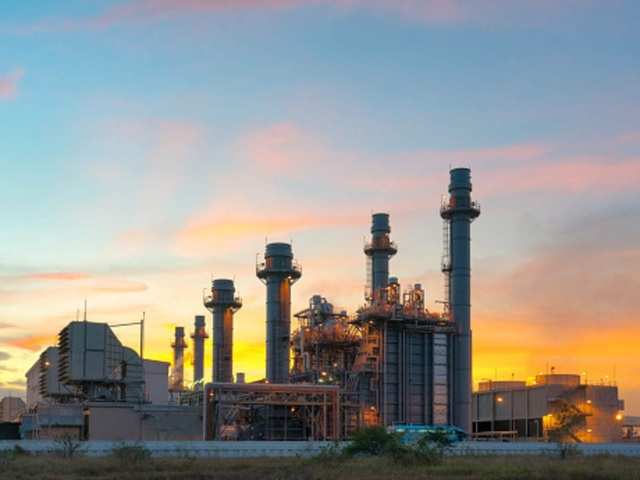China’s reduced productions amid energy disruptions to benefit Indian petrochemical producers
- 30-Sep-2021 6:00 PM
- Journalist: Li Hua
China government’s new directive towards slashing down energy consumption is giving a tough time to its chemical manufacturers and suppliers. The Chinese government has recently imposed orders to reduce energy consumption in some of its provinces (including Jiangsu, Yunnan and Guangxi) holding a large chunk of the petrochemical production units that overshot their energy limit in the first half of 2021. Yunnan province that accounts for 40-45% of total domestic production has closed its 10% of the production facilities till December.
China’s dual-energy control target that includes reaching carbon peaking by 2030 and attaining carbon neutralization by 2060, along with its current state of turmoil arising from the country’s unmet energy demand due to soaring natural gas prices and depleting domestic coal reserves, have resulted in the government’s action for saving energy. The government has plans to extend the forced cut down of energy consumption to other regions as well.
However, this line of action is not going well among the petrochemical companies who had to curtail down the operating efficiencies of their plants that are severely affecting their production volumes. Many companies have either stopped operating or are surviving through limited sales of their products. For instance, Jiangsu Sanmu has taken off-stream its acetic acid and butyl acetate plants due to power shortage. Celanese has put its acetic acid and vinyl acetate monomer facility at Nanjing under force majeure.
The lower productions are impacting the complete supply-demand network of the China market. A direct effect of this imbalance is being reflected from the intensifying load over the inventories to meet demands from the downstream sectors. To add to the misfortunes created from limited supplies, the shortage of containers in Chinese ports has led to the spiralling of petrochemicals prices to an all-time high. The markets for petrochemical products such as soda ash, epoxy resin, poly vinyl chloride, methanol, ethyl acetate, yellow phosphorous, caustic soda, acetic anhydride and acetic acid are in the centre of the ongoing scramble.
Meanwhile, companies in India that produce the above-listed products are hoping to benefit from the increased sales anticipated this winter. The higher prices and low supplies of China’s chemicals are causing the traders and downstream sectors to turn their heads to Indian manufacturing units that are also high-ranking global market players. The Indian companies who are likely to gain from this sudden turn of events include Gujarat Narmada Valley Fertilizers and Chemicals, Tata Chemicals, Grasim Industries, Reliance Industries, DCM Shriram, Jubilant Ingrevia, Atul Ltd., GHCL, Finolex, Laxmi Organics, Chemplast Sanmar, DCW, IOL Chemicals, Meghmani Finechem, UPL and many others. However, Indian companies that rely on imports of epichlorohydrin, vinyl acetate monomer and silicone are currently on the edge.
As per ChemAnalyst, the energy assessments in China have crippled China’s petrochemical market. With companies not planning to resume normal operations soon, the prices of the petrochemicals will stay on an upward trend in the remainder of the year. The low supplies and high prices are going to severely hamper the country’s exports as well. Though Indian companies will enjoy a higher market share in the coming months, the Asian market will be facing an upside pressure owing to the petrochemical supply crunch.



